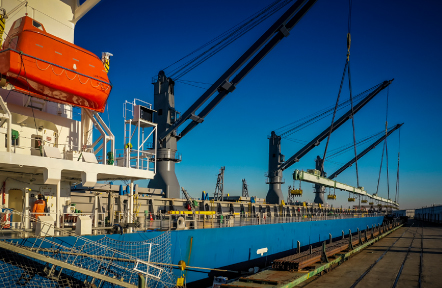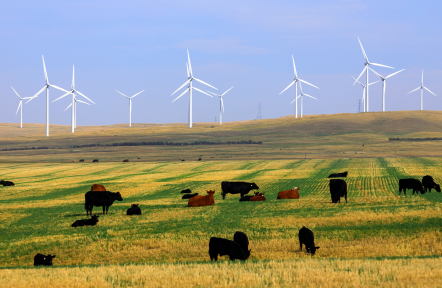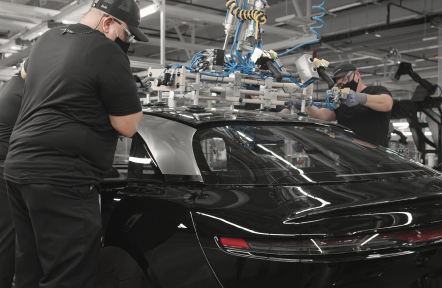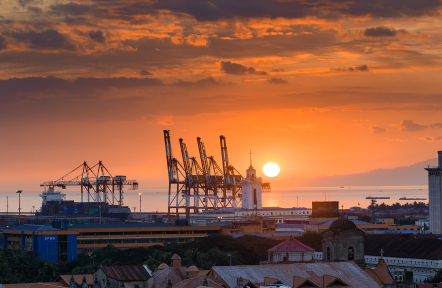There is no doubt that Jakarta has grown tremendously over the years. Being the country's most populous city with 9.6 million inhabitants, Jakarta remains the commercial and industrial engine of the economy. But, in recent years, Indonesia’s secondary cities have definitely been catching up.
Surabaya, the country's second largest city, is expected to be at par with Jakarta in the next years, according to Irhoan Tanudiredja of PwC Indonesia. In order to strengthen PwC’s grasp of the local market, Tanudiredja is looking to establishing a second office in Surabaya in the near future.
With Indonesia’s abundant natural resources, other areas such as North Sumatra, East Kalimantan, and North Sulawesi are also on the rise. From plantations to manufacturing facilities, these provinces and its main cities are growing at a fast pace.
Pamerindo Indonesia, the largest exhibition organizer in the country, mounts exhibitions in both Jakarta and Surabaya. In the future, Managing Director Ben Wong is also

considering hosting these events in other cities, such as Medan, depending on demand.
While East Kalimantan is known for its coal and mining, North Sulawesi has well-developed coconut and palm oil industries. North Sumatra, on the other hand, is a major producer of rubber, coffee, tobacco and palm oil. Other provinces are also playing a big role in making Indonesia a major exporter in various industries.
While there may appear to be competition between Indonesia's provinces, their own strengths complement each other and benefit the country as a whole. But with each area very hungry for foreign investment, Jakarta cannot rest easy lest it be outdone by these dynamic cities.












